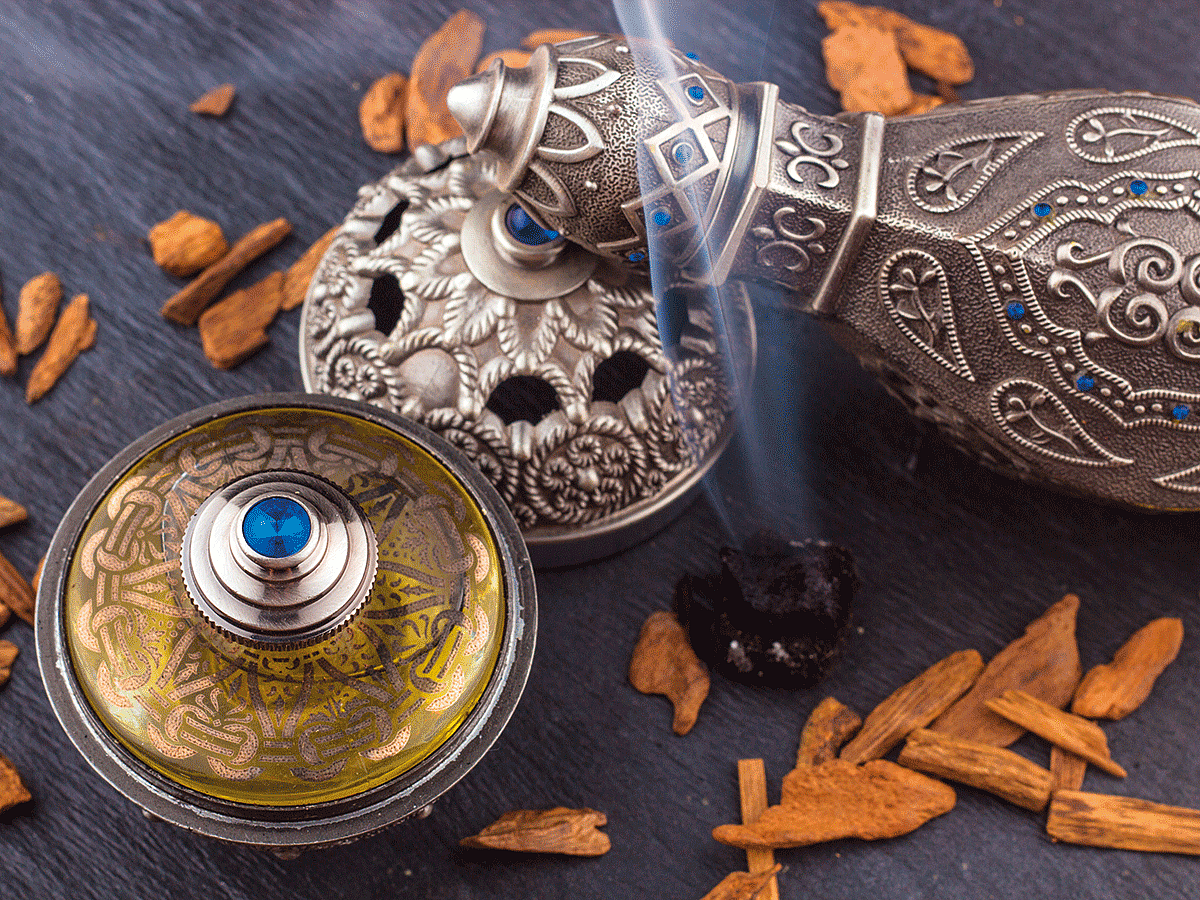Scents of Change: Navigating tradition and modernity
Middle East perfumers thrive by innovating and adapting to overcome challenges

The perfume industry has long been a cornerstone of Middle Eastern culture and commerce. With deep-rooted traditions in oud, musk, amber, and floral distillations, the region is globally admired for its fragrance heritage.
Yet, despite this legacy, perfumers across the UAE and broader Middle East are navigating a shifting landscape. Market saturation, regulatory changes, rising production costs, and evolving consumer expectations are just a few of the growing challenges. The sector must embrace transformation without diluting its identity to remain competitive and relevant.
Oversaturation
One of the most pressing issues is market saturation. With hundreds of brands flooding shelves, from boutique artisans to mass-market labels, the competition is intense. This crowded field has made it harder for smaller or mid-sized perfumers to carve out distinct market share.
Traditional fragrance structures, once revered, now risk blending into a sea of sameness. Without clear differentiation, many players struggle to retain loyal customer bases or attract younger demographics looking for novelty and exclusivity.
To overcome this, perfumers must invest in niche storytelling and product differentiation. A strong brand identity anchored in unique ingredients, personalised scent journeys, or cross-cultural blends can provide a much-needed edge. Innovation, both in scent formulation and customer experience, can help brands rise above the noise.
Supply chain complexities
Another formidable challenge is the rising cost of raw materials. The global demand for rare ingredients like oud, sandalwood, and ambergris has surged, leading to supply shortages and price hikes. The dependence on imports, particularly from regions experiencing environmental or geopolitical instability, further complicates logistics and costs.
Moreover, the post-pandemic world has exposed vulnerabilities in global supply chains. Many UAE and regional perfumers find themselves facing long delays or inconsistent deliveries of key inputs. Coupled with inflationary pressures, the result is shrinking profit margins and constrained innovation cycles.
The solution lies in building more resilient supply chains. This could include forging long-term partnerships with ethical harvesters, exploring local sourcing alternatives, or investing in sustainable lab-grown alternatives to natural ingredients. A shift toward circular and traceable supply models not only ensures consistency but aligns with the growing consumer demand for ethical luxury.
Regulatory evolution
As governments in the region work to enhance consumer safety and align with international standards, the perfume industry faces increasingly complex regulations. From stricter labelling and ingredient disclosures to import/export documentation and sustainability mandates, navigating compliance has become a challenge, especially for smaller manufacturers without dedicated legal teams.
Perfumers must proactively invest in regulatory awareness and quality assurance protocols. Working closely with industry bodies and standard-setting organisations can help demystify compliance. Moreover, embracing transparency and traceability can be used as a marketing strength, particularly among eco-conscious and globally-minded consumers.
Shifting consumer preferences
Today’s fragrance consumers are more informed, experimental, and demanding than ever. Younger audiences, in particular, seek gender-neutral compositions, layered scents, and clean-label products. New-age formats like perfume mists, hair fragrances, and solid perfumes are challenging the dominance of traditional attars and concentrated oils.
The once linear purchase journey, store visit, trial, and buy, has now shifted to digital-first exploration and influencer-led discovery. This changing dynamic necessitates a rethinking of both product development and distribution strategy.
Digital transformation must be a priority, from virtual scent discovery tools to AI-powered personalisation engines. Equally, perfumers must balance tradition with trend, offering both classic blends and experimental creations that speak to evolving lifestyles.
Environmental responsibility in focus
Sustainability is no longer a luxury, it is an expectation. The fragrance industry is being called to act as the global spotlight shines on environmental impact. From over-packaged bottles to non-biodegradable ingredients, the traditional perfume production model is being challenged on ecological grounds. Consumers and regulators alike are pushing for reduced carbon footprints, recyclable packaging, and cruelty-free formulations.
For the UAE and Middle East perfumers, this presents both a challenge and an opportunity. Integrating sustainable practices into every stage, from ingredient sourcing to bottle design, can future-proof operations.
Leveraging the region’s climate and innovation hubs, brands can also explore green technologies, including solar-powered distillation or biodegradable applicators, to stand out in an eco-sensitive market.
Omni-channel expectation
Brick-and-mortar retail continues to dominate the regional perfume market, especially in high-end malls and souks. However, e-commerce has surged post-pandemic, creating a divide between traditional sales approaches and digital convenience.
Perfumers face the dual challenge of creating immersive in-store experiences while building seamless online platforms. Fragrance, being a sensory product, doesn’t translate easily to digital spaces, yet consumer expectations continue to rise for frictionless, personalised, and mobile-optimised shopping.
To bridge the gap, perfumers must embrace omni-channel models. Augmented reality scent discovery, digital storytelling, and subscription-based sampling can bring the fragrance experience online.
Meanwhile, retail spaces must evolve into brand destinations — offering scent consultations, layering bars, and educational events that deepen customer engagement.
Overcome innovation deficit
Lastly, the region faces a talent gap in perfumery. While the Middle East has a rich olfactory culture, the formal education and development of local master perfumers remain limited. Most formulation knowledge is imported, and the reliance on external experts constrains homegrown innovation.
Without investing in R&D hubs and perfumery schools, the region risks lagging behind more self-sufficient fragrance markets. To secure the future, the industry must nurture local talent. Scholarships, vocational training, and regional partnerships with global fragrance institutes can create a robust talent pipeline.
In parallel, investment in R&D and scent labs within the UAE and GCC can accelerate the shift from being a consumer region to an innovation powerhouse.
The Middle East perfume sector continues to flourish in tradition and global appeal, but it must also confront modern challenges with bold reinvention.
The answer lies in localisation, sustainability, digital transformation, and education. By embracing these shifts, perfumers can protect their legacy while ensuring relevance for generations to come.
Sign up for the Daily Briefing
Get the latest news and updates straight to your inbox
Network Links
GN StoreDownload our app
© Al Nisr Publishing LLC 2025. All rights reserved.